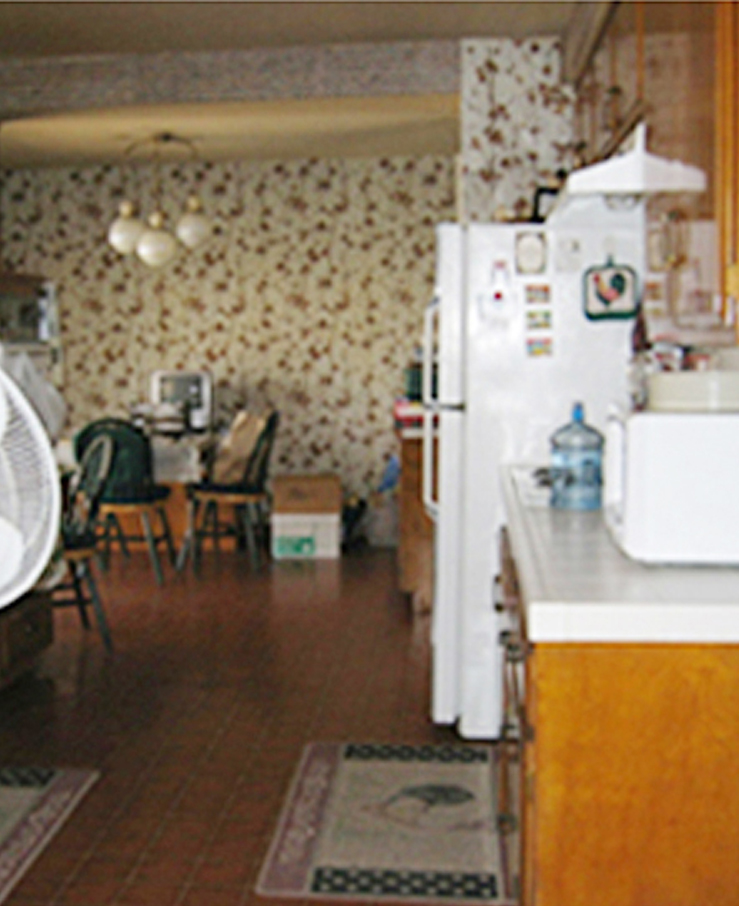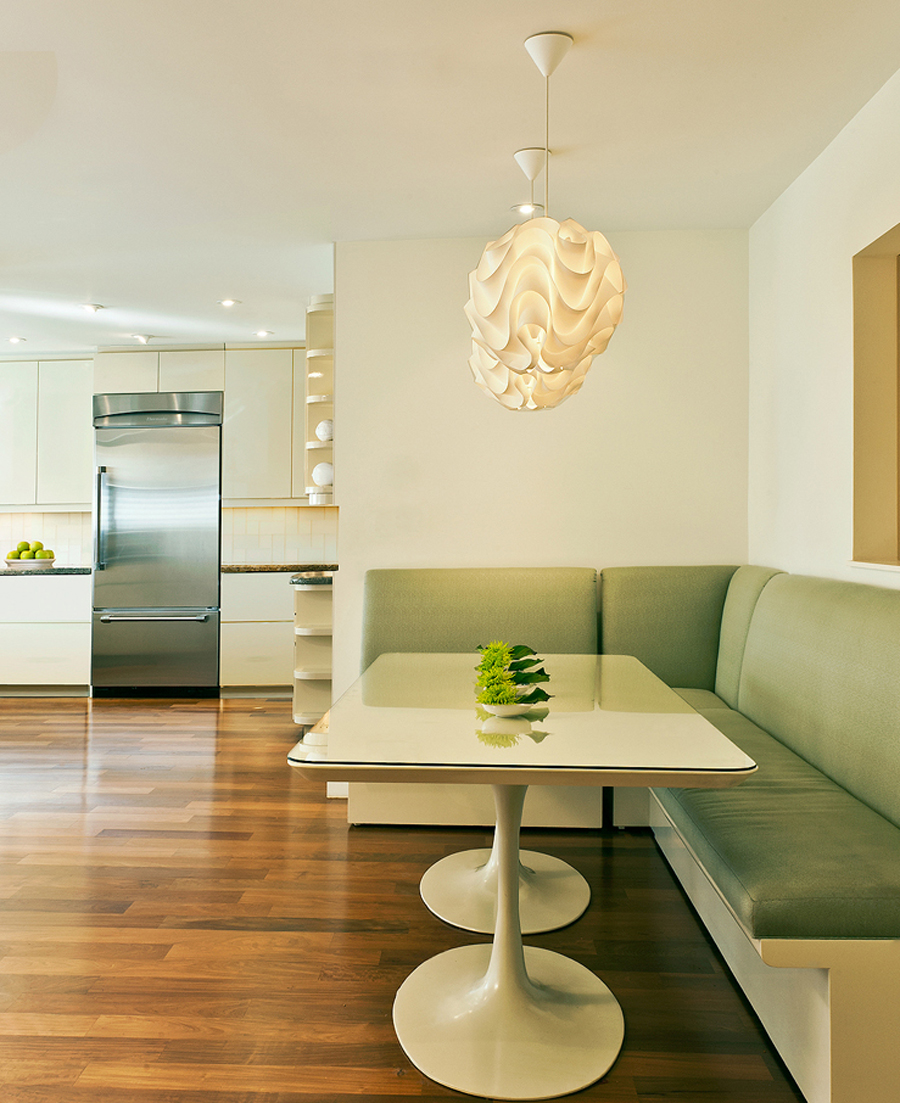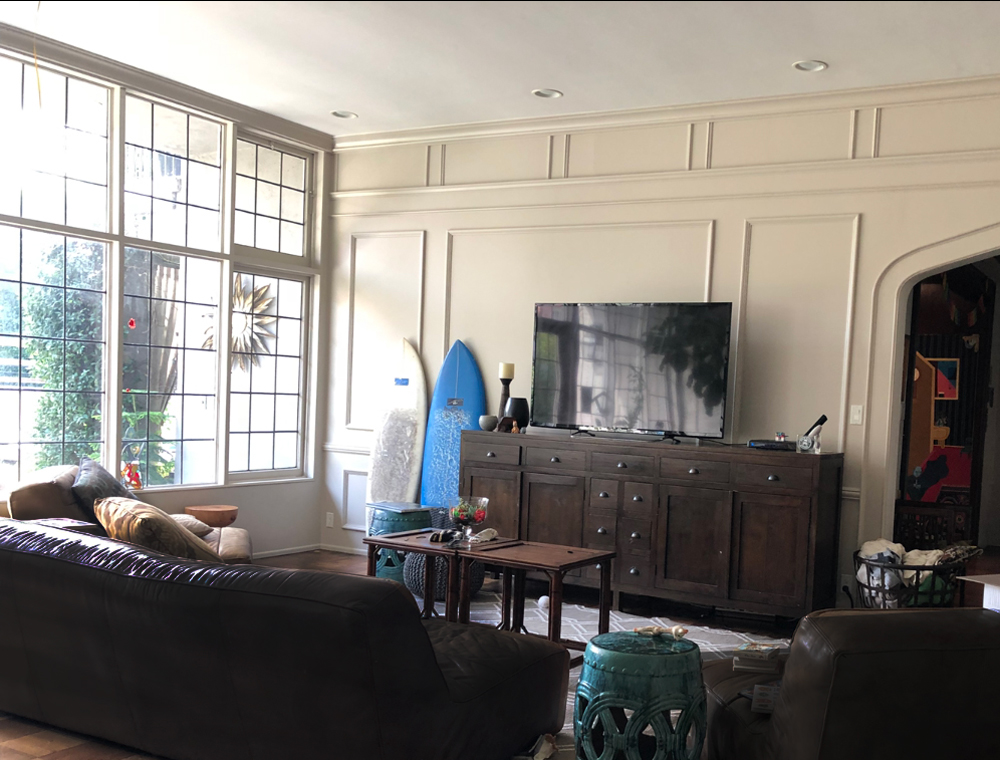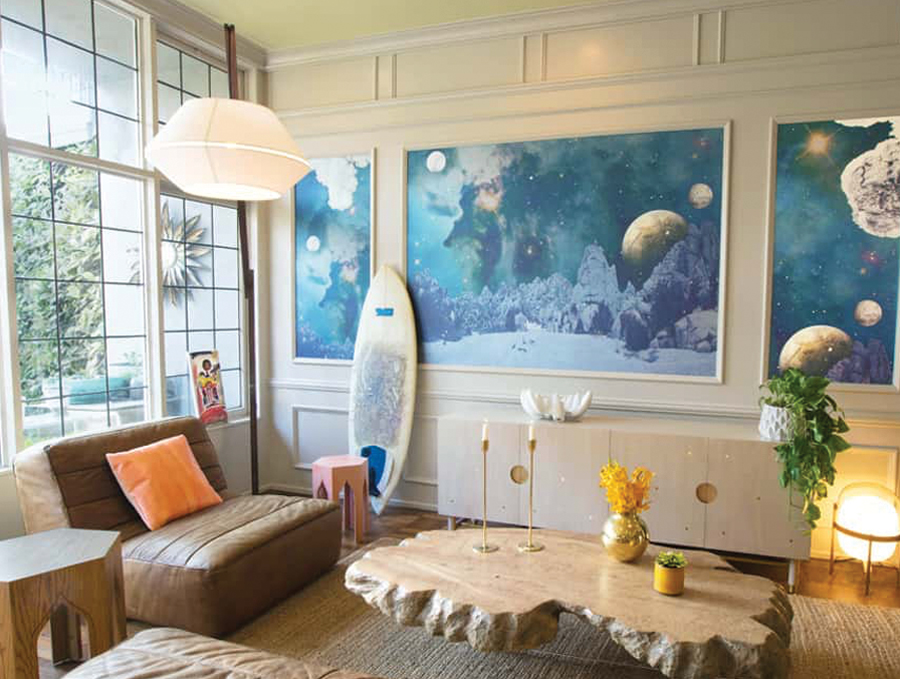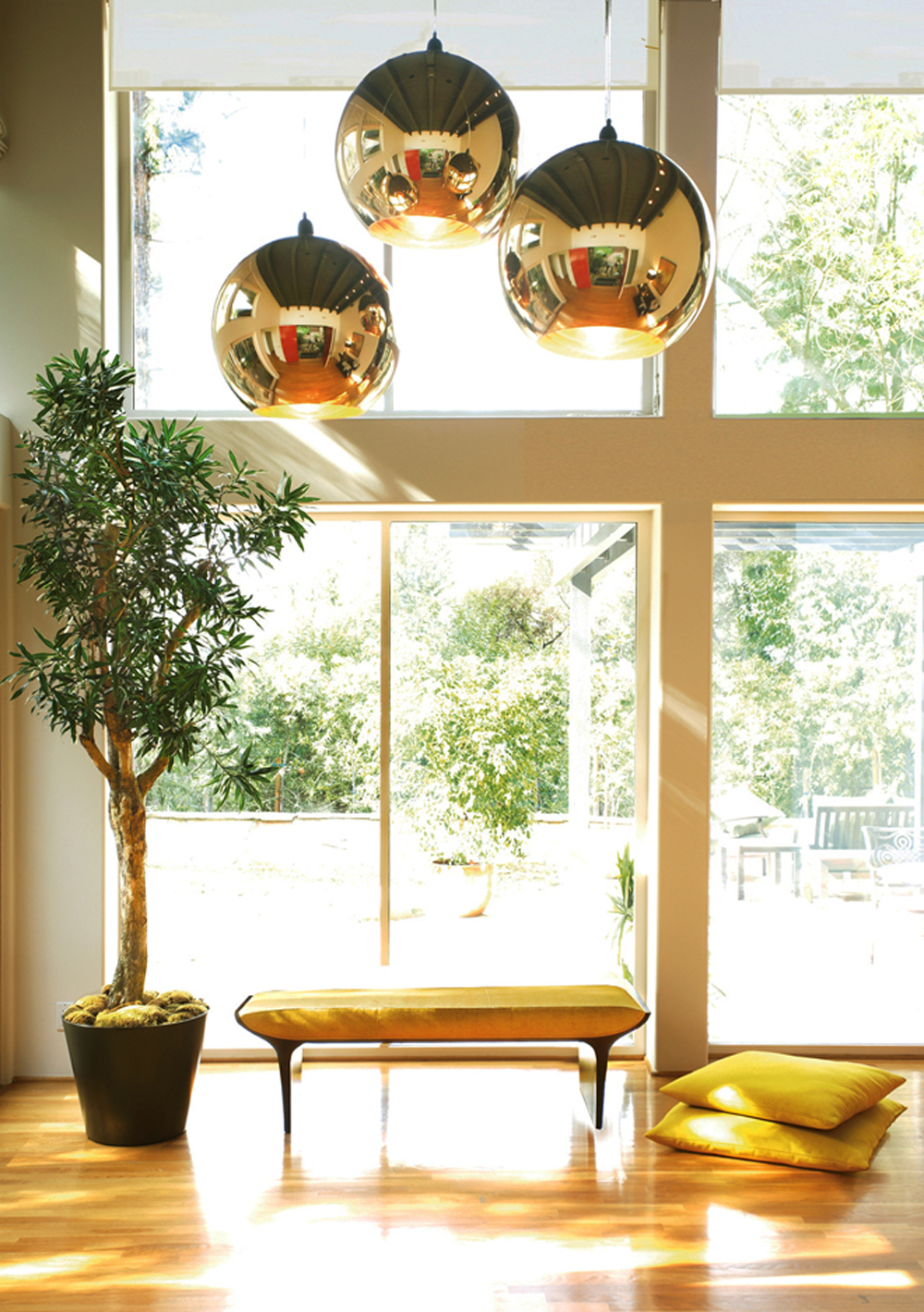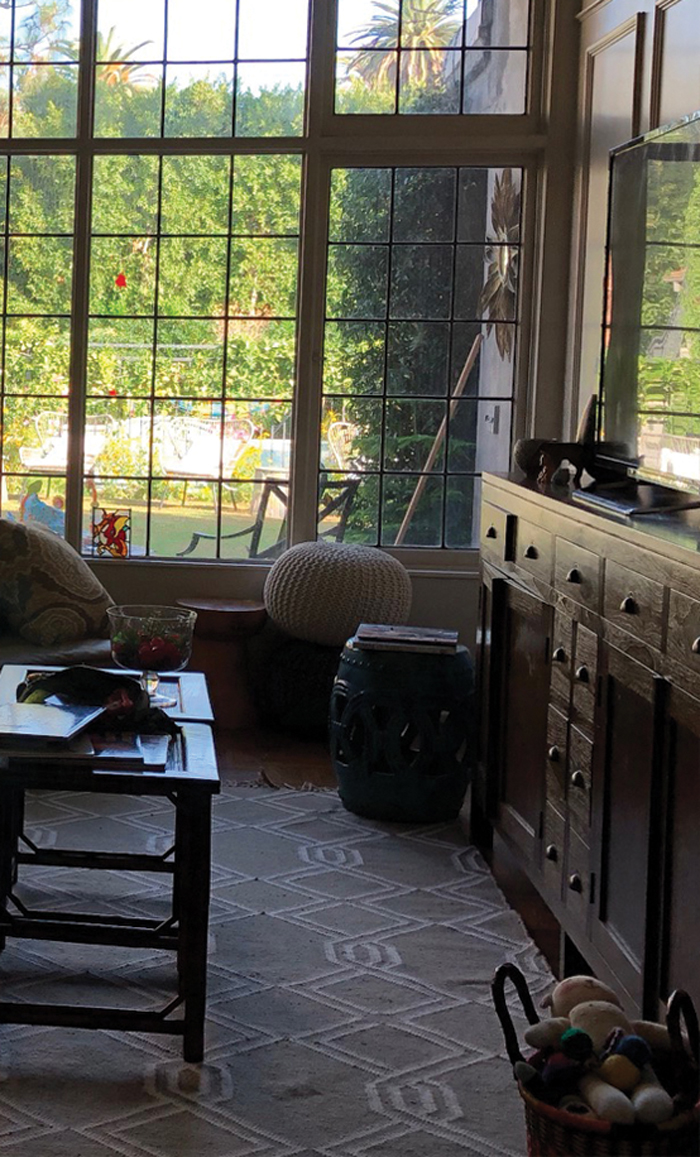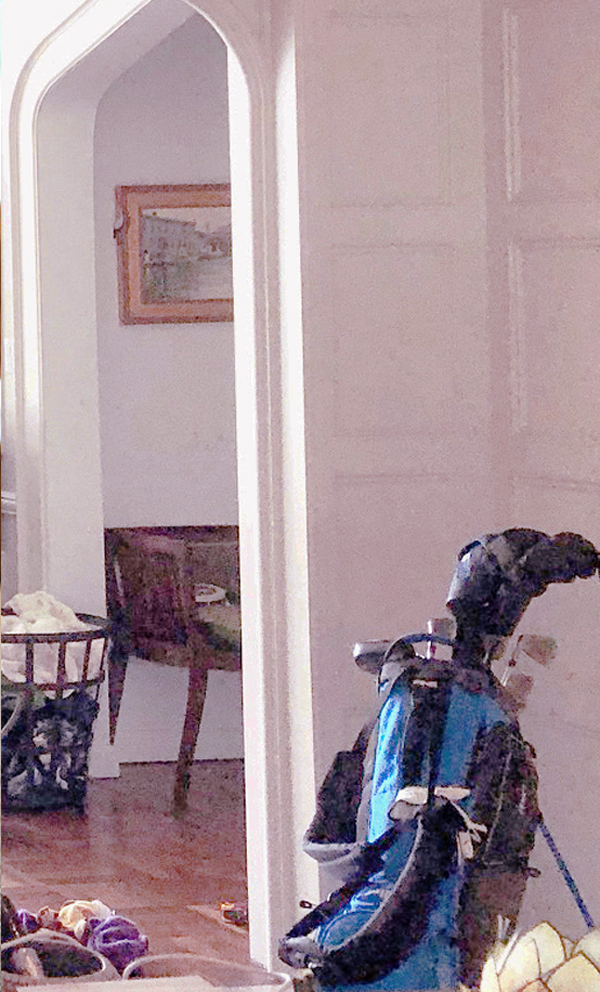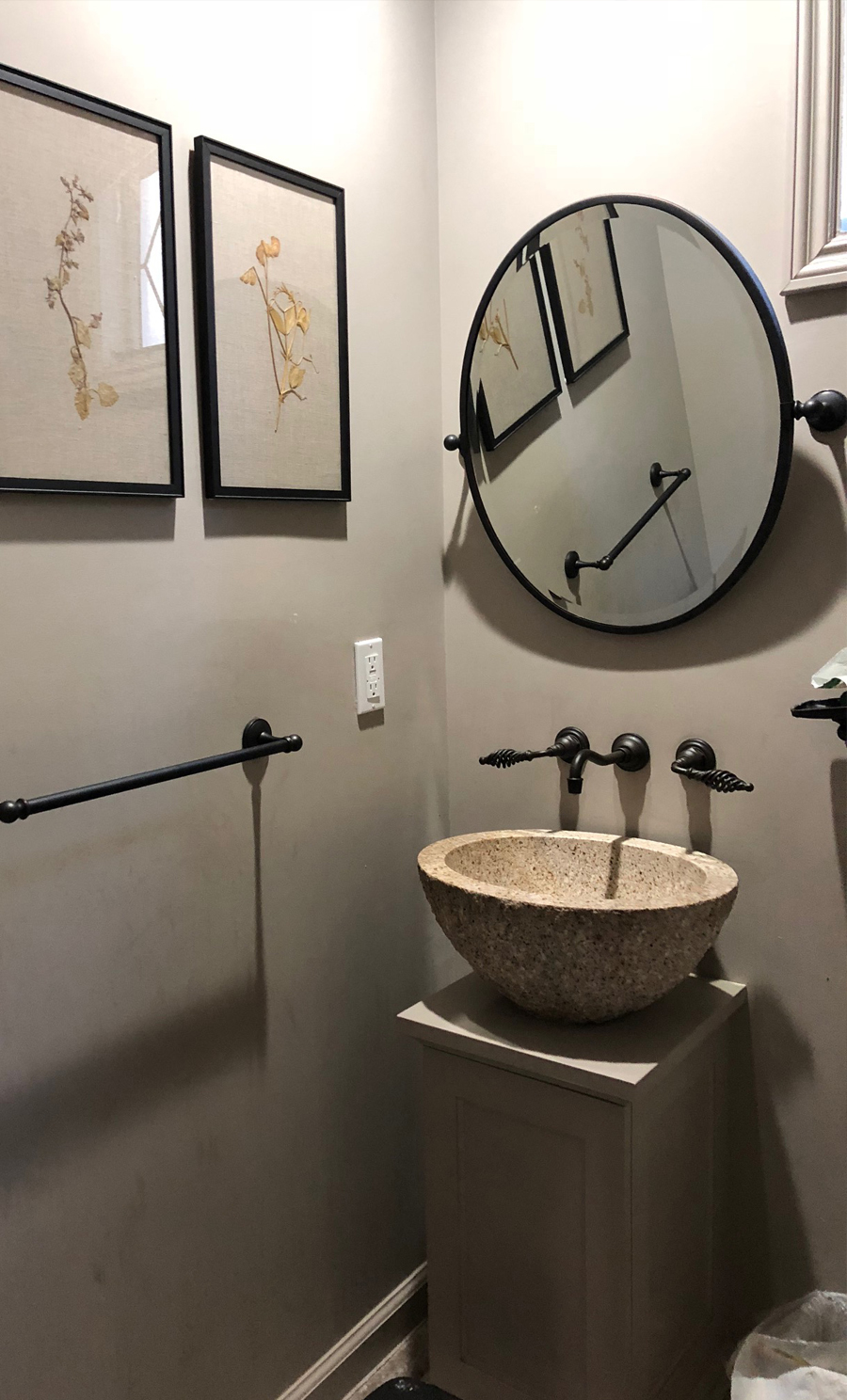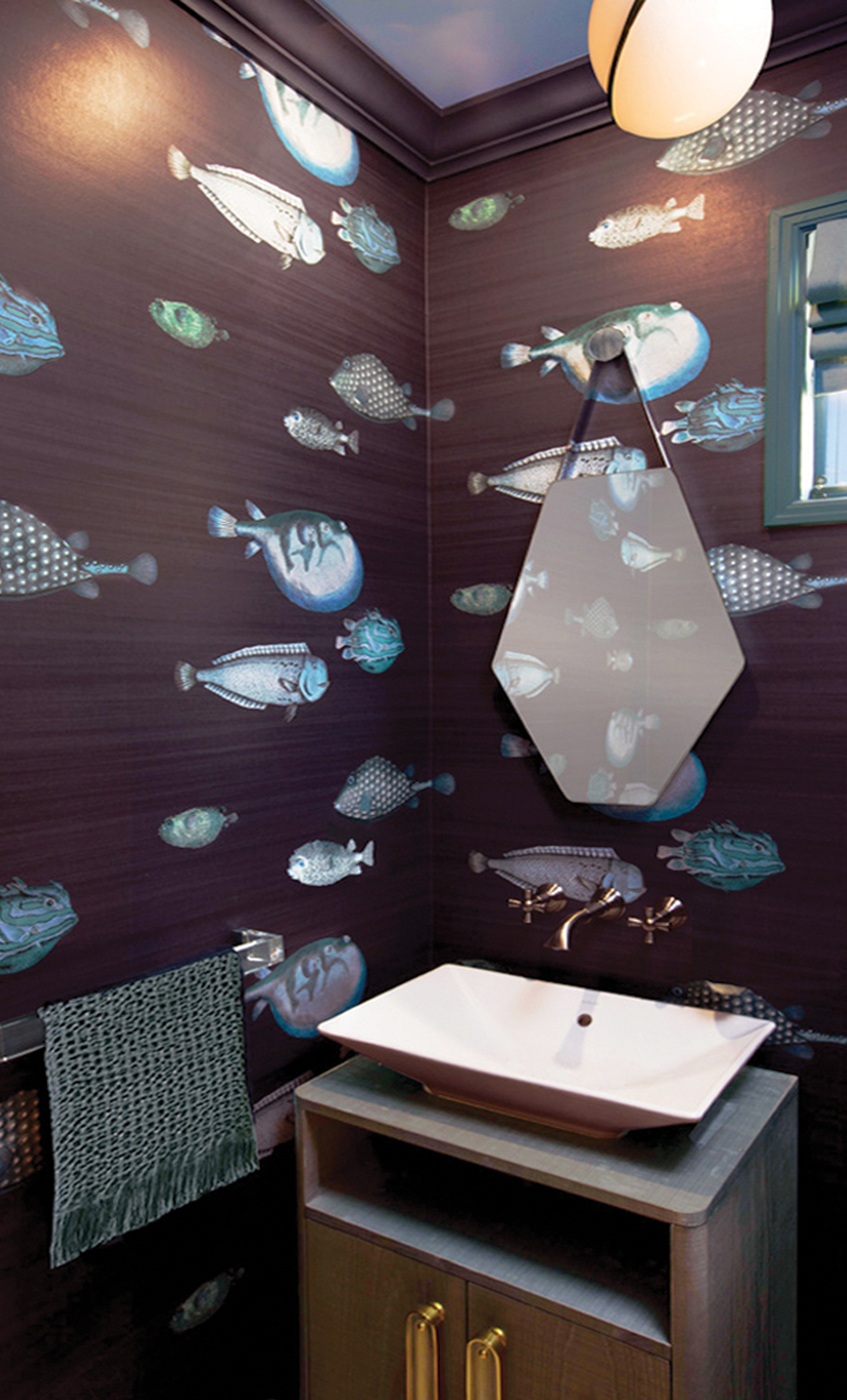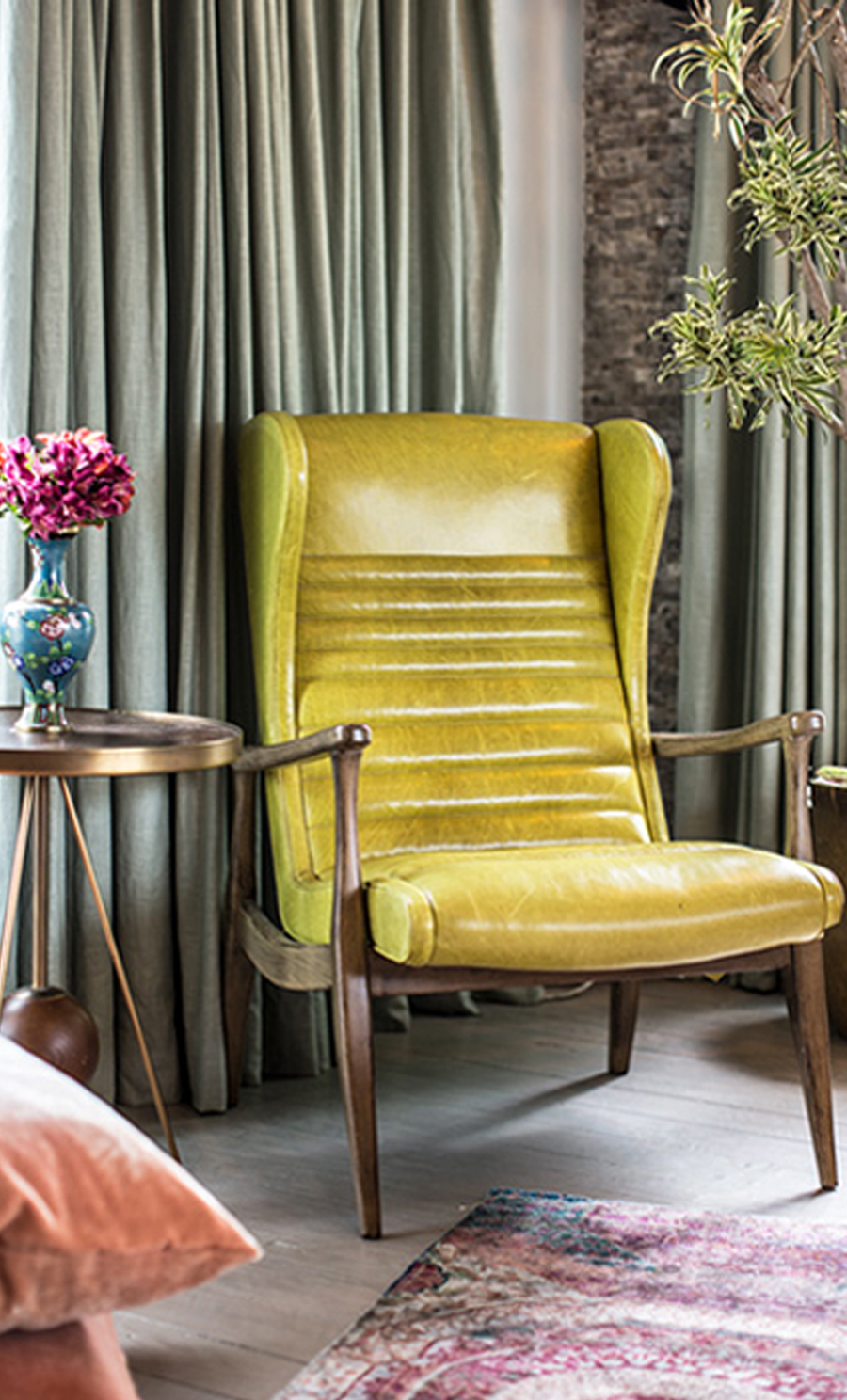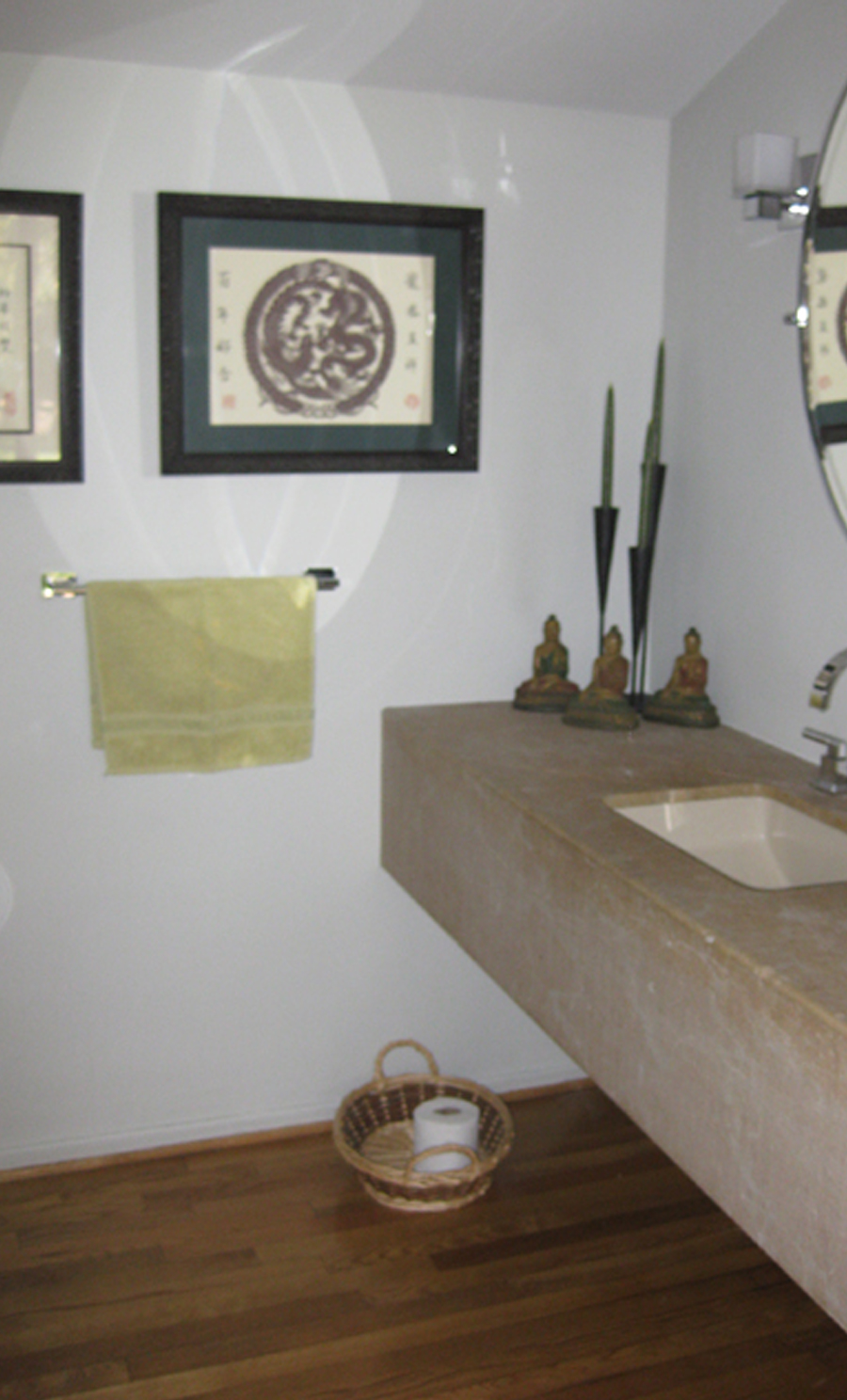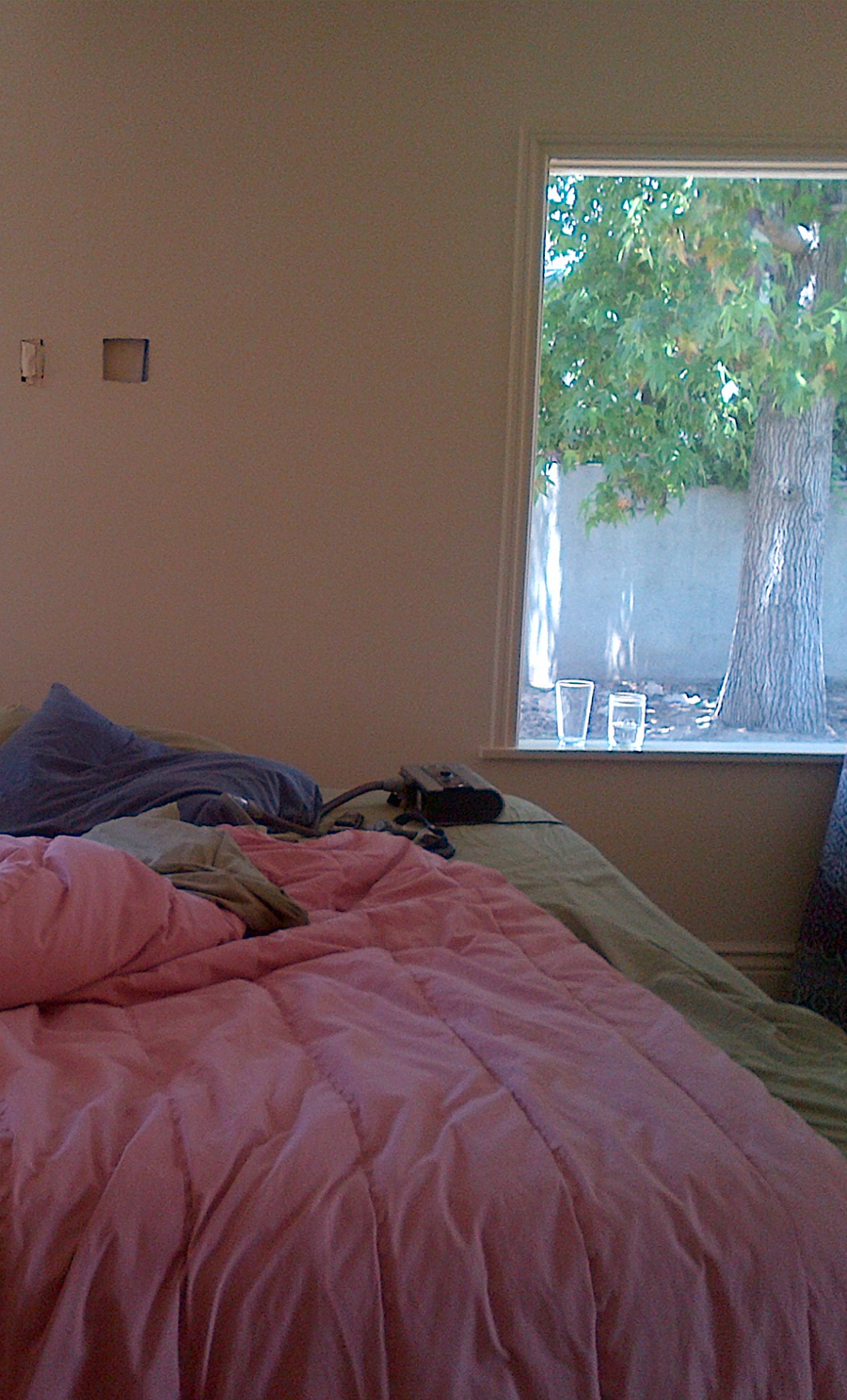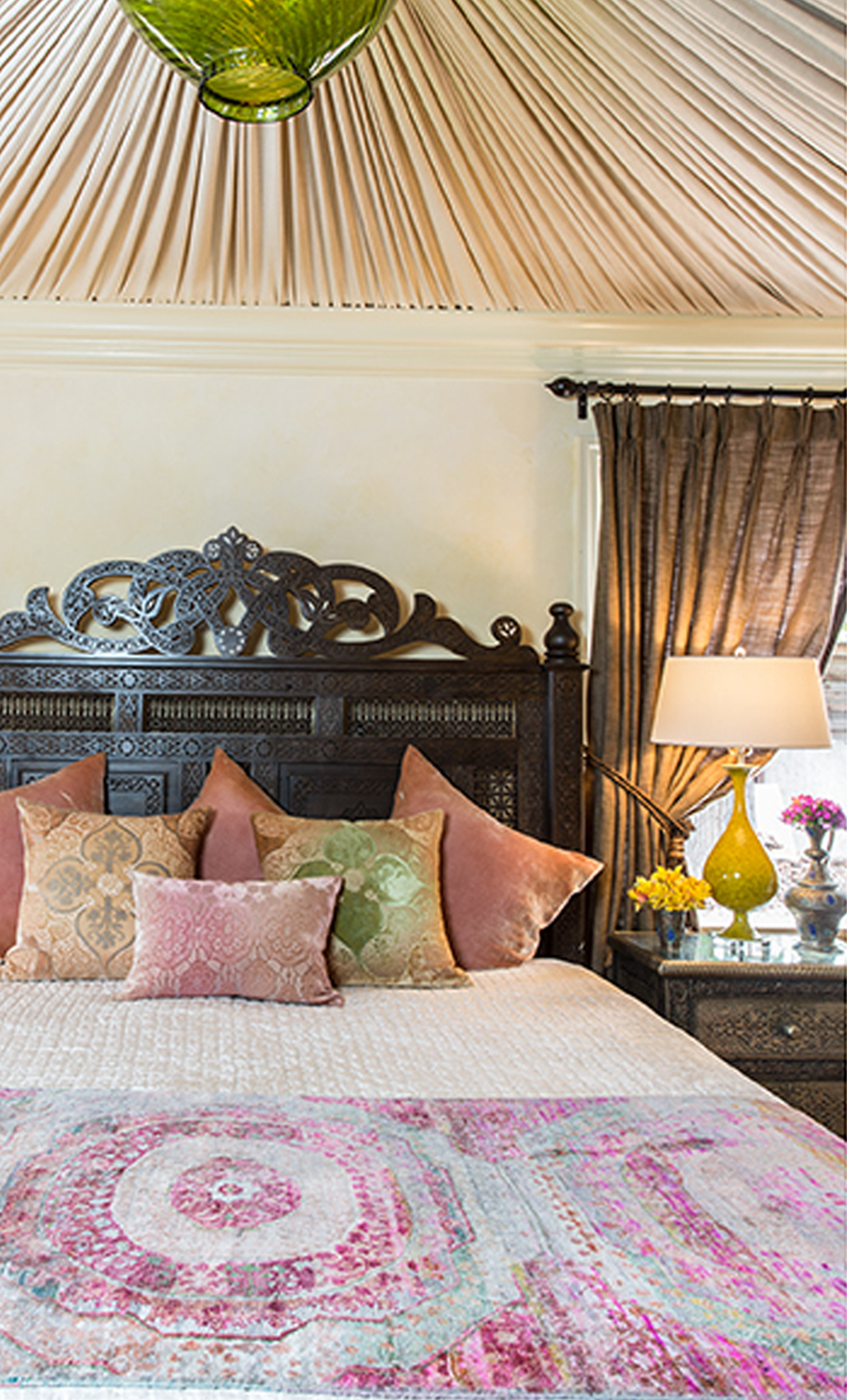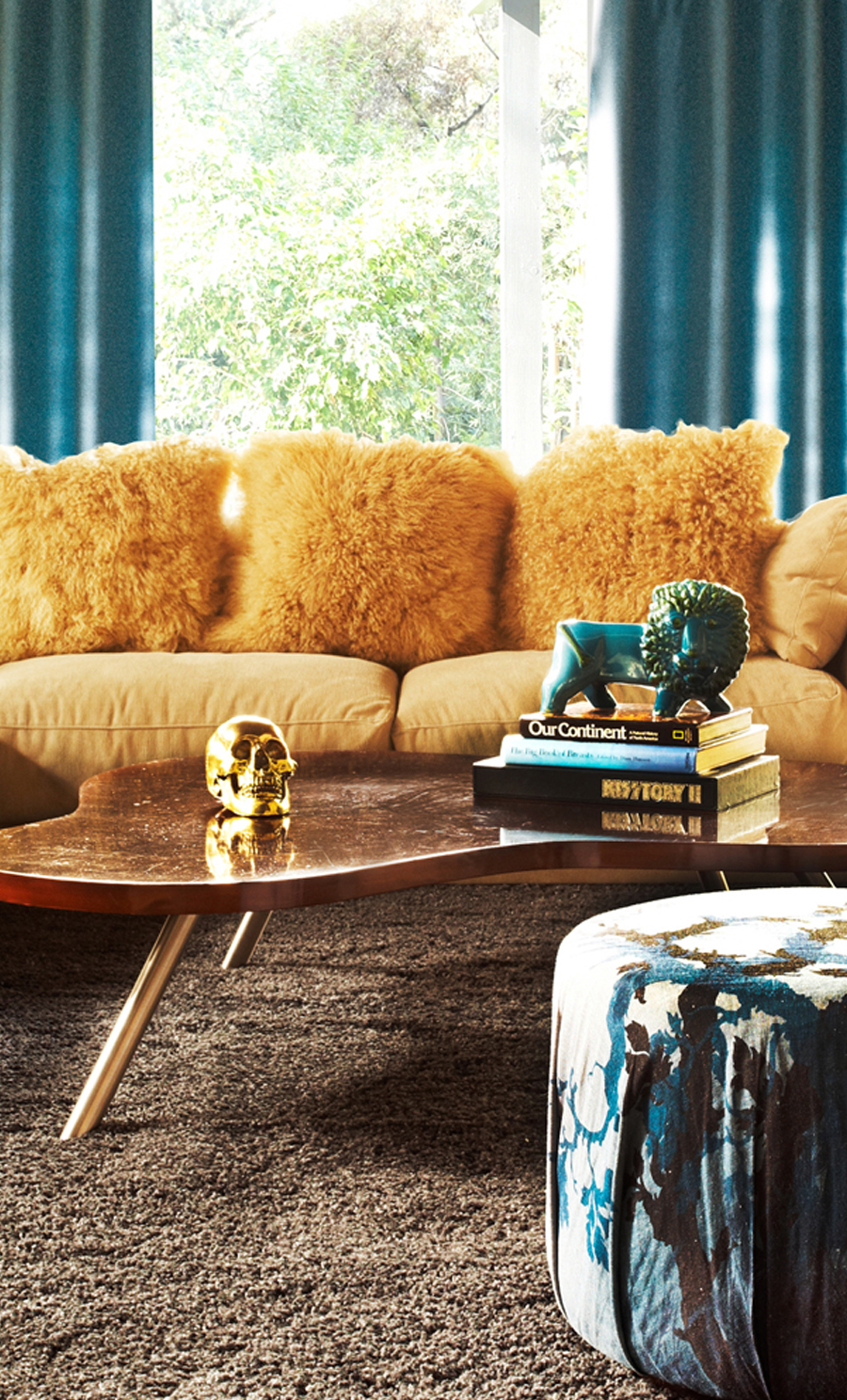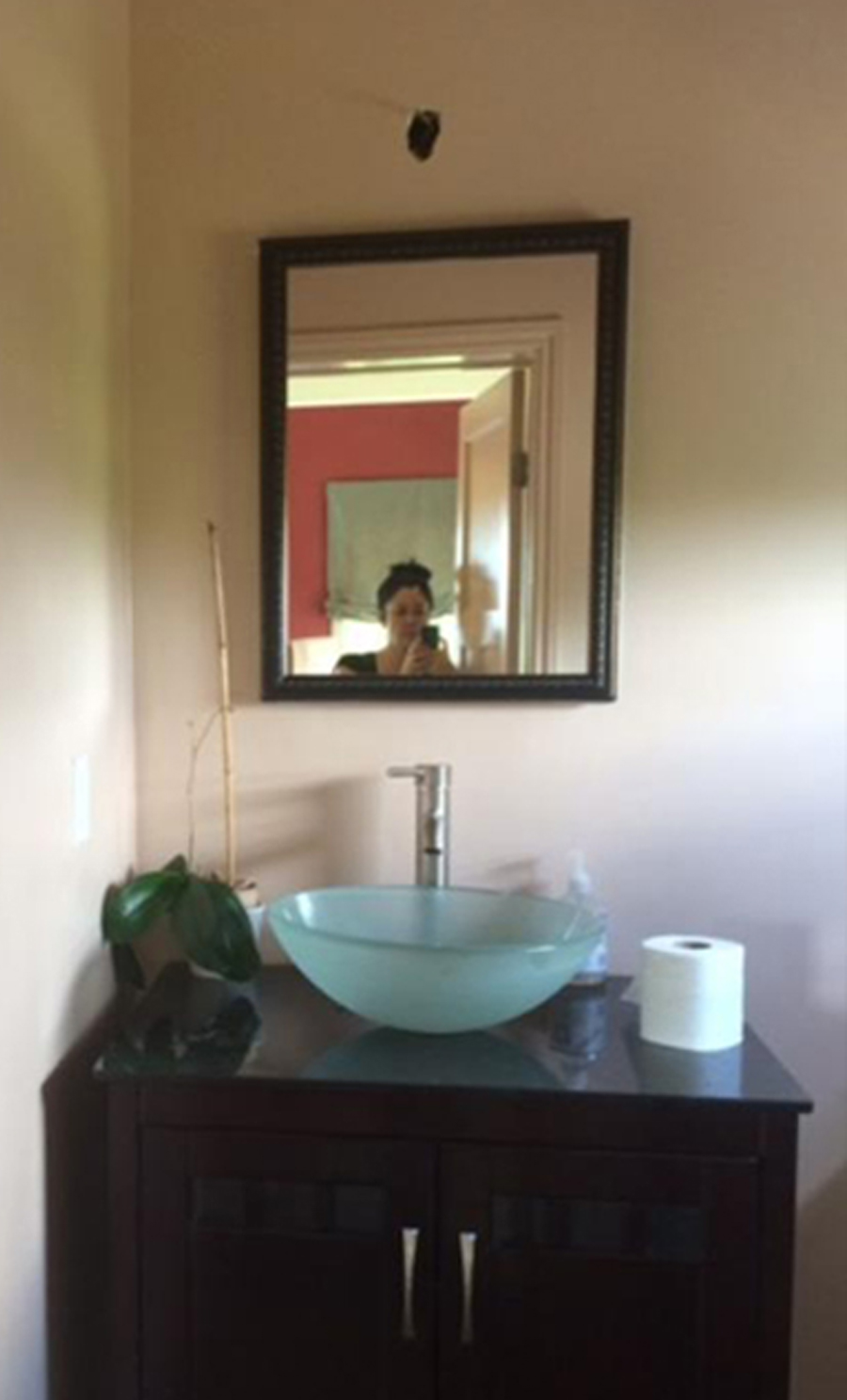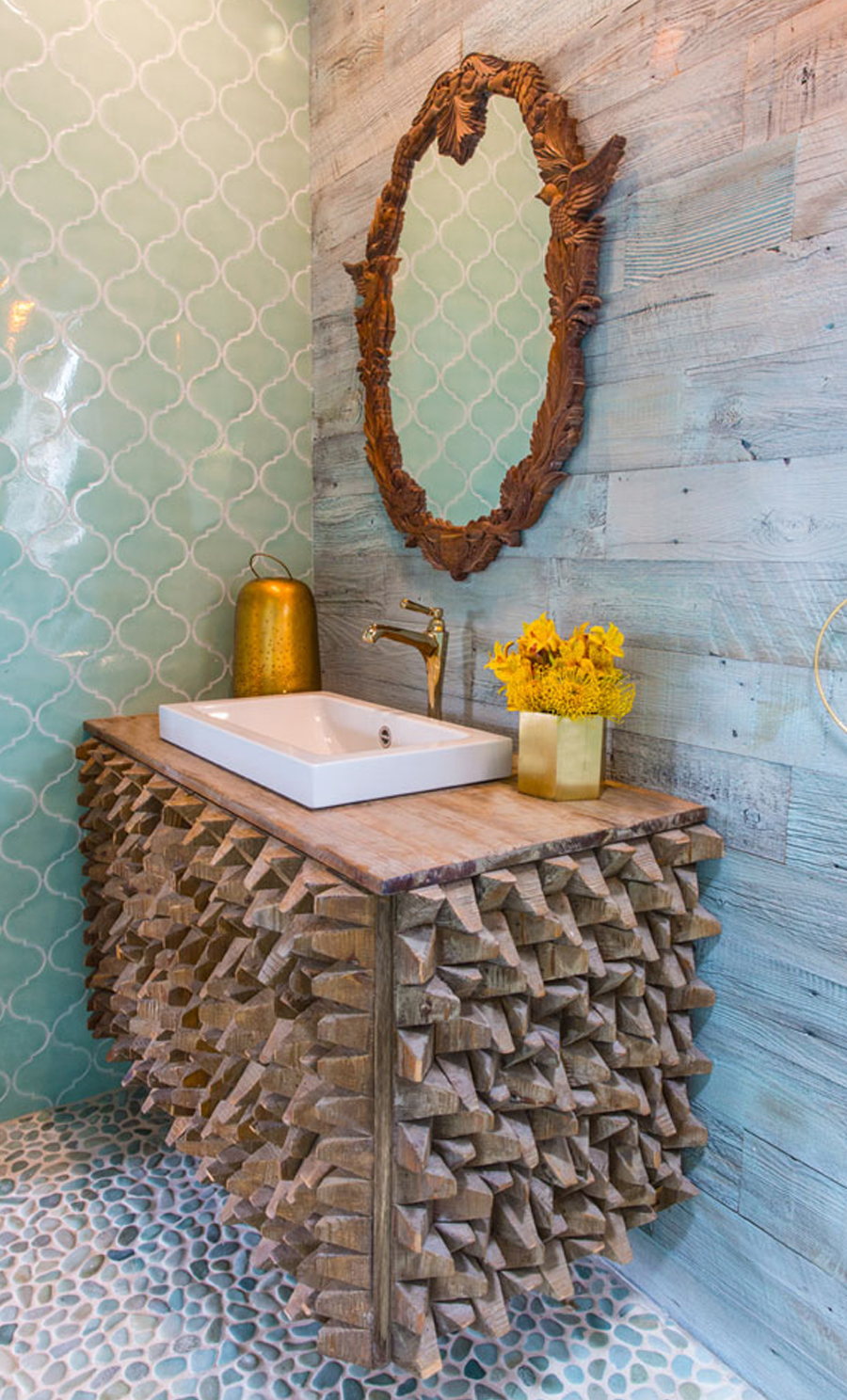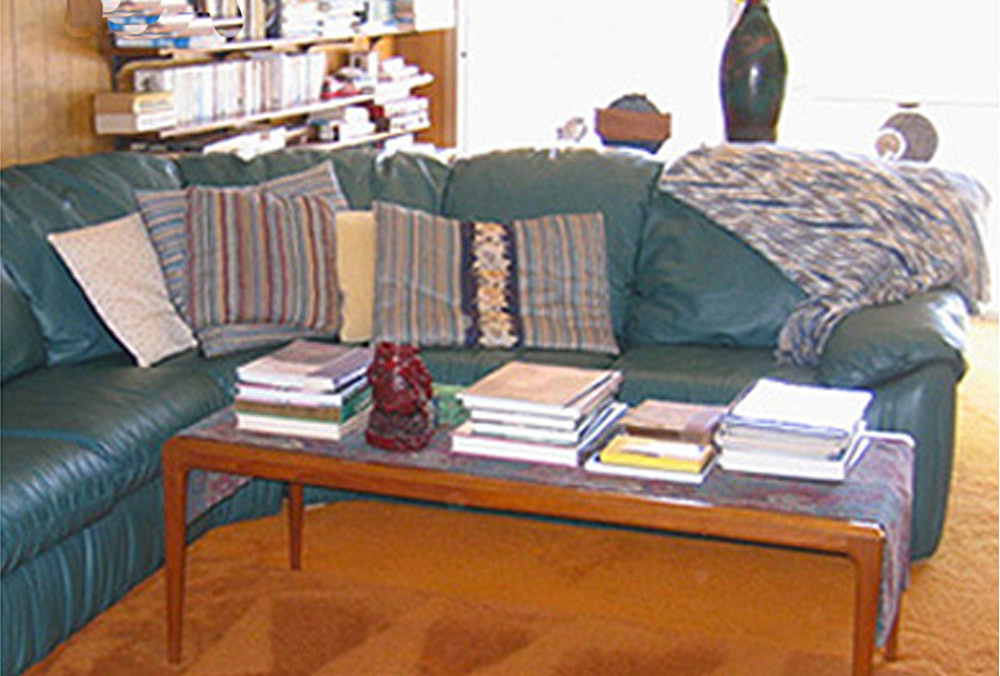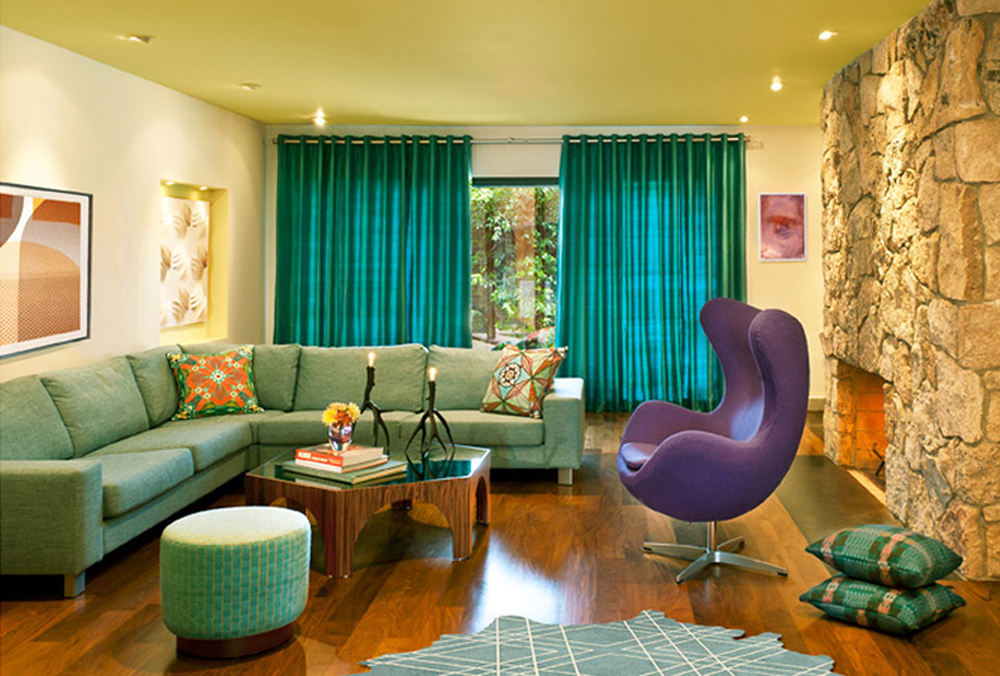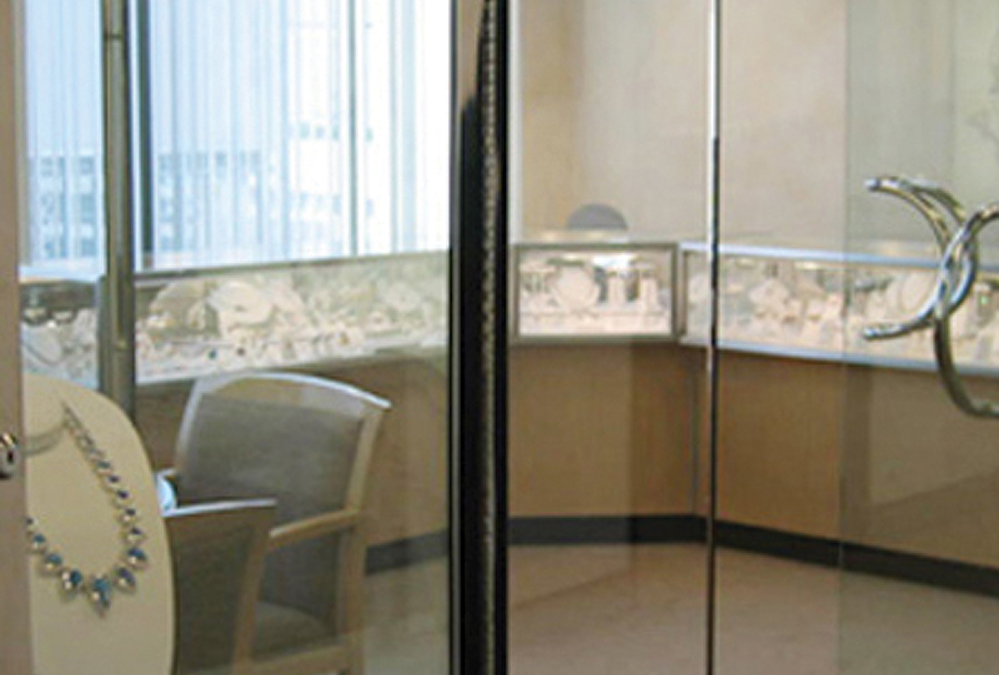
“Kim has an intuitive way of working with people to help them make changes they weren’t able to imagine before.” Dr Bonnie Tauber, Clinical Psychologist
“Disruptive Design: Explore how Los Angeles-based designer Kim Colwell harnesses the power of environmental psychology to prioritize personal identity and comfort over fleeting trends” Courtney Porter, Editor in Chief, Design News Now
Design Therapy Consultation | set up your home to support sleep, stress, relationship and emotional wellness
Happy home, happy life. An Design Therapy session can ease stress, anxiety and depression. Relax. Deepen connection. Sleep better, live more, love more. Laugh.
Do you feel stressed when you’re at home?
Is your sleep off?
Does your space feel uninspiring?
Does the design of your home resonate with each person who lives there?
Do you have a complicated floor plan that lacks warmth?
Could your home have hidden triggers for depression or anxiety?
Does your home capture your essence or is it pretty with no personality?
There can be hidden negative triggers in your home keeping you, your partner or your whole family from achieving optimal harmony, happiness and well-being.
What is Design Therapy?
Design Therapy is a system that examines how the space you live in may be effecting your emotions; how it may be triggering you to feel overwhelmed, depressed or anxious, or how it may inspire you to create, support harmony in your relationship or influence the quality of your sleep.
Design Therapy recognizes that we all experience physical spaces in different ways. For some of us, a traditional, compartmentalized floor plan feels nurturing and protective. Others thrive in an open floor plan where they may feel more free and alive. Just like we all have distinct personal preferences in decorative styles, we all have unique emotional responses to the defining features in a space.
The people we live with can have their own invisible influences that are quite different from ours—same space, but different responses to it.
We consider all aspects of your personality, special needs, desires and patterns such as…
- Introverted personality
- Extroverted personality
- Autistic
- Creative
- Left brain oriented
- Right brain oriented
- Easily overwhelmed
How does a Design Therapy session work?
Select your focus…
What would you like to focus on during your Interior Design Therapy Reading?
- Support for anxiety, depression, stress and the feeling of overwhelm
- Find your voice, independence in an incongruous or chaotic design setting
- Support harmony within your relationship
- Enhance quality of sleep
- Intimacy issues
- Low self esteem
- Overcome creative blocks
- Strategy for couples with different design sensibilities
- Deepen connection to self
- Support for trauma, need for emotional healing
- Set and achieve personal or professional goals
- Depression
- Lack of productivity, motivation, focus or concentration
- Feeling of disconnect or isolation
- Happier mood
During your Design Therapy “Reading”, Kim she will empower you to discover the hidden triggers in your space and become aware of the influence they have over your inner thoughts, emotions and belief systems in ways you may have never even considered.
Kim will guide you through the implementation of new ideas and remedies that will better support your intended goals.
Feel safe, seen, nurtured and protected in your home.
Book your Design Therapy Reading session today. Once you look at your space with these principles, you will never want to live or work in a space without this layer of thought.
Optional Add-On | Design Therapy Style Blueprint
A Design Therapy Blueprint explores what types of colors, building materials, decorative styles – or eclectic, bespoke mix of decorative styles – positively or adversely – influence you on a personal basis.
The effects of certain design features on our psyche – colors, decorative styles, floor plans, lighting, building materials, and architectural features —get shaped in childhood and amplified over our entire lives, as we collect memories that are associated with a whole host of environmental factors such as visual effects, smells and even sounds like music or building materials.
This style blueprint is helpful to refer to when making decisions in your present space or moving into a new home or office. It is empowering when you come to understand why you are drawn to some environmental factors and not others. This depth of awareness allows you to make decisions in your home that will support your personal well-being on a profound level. Take control of your environment. Your personal blueprint will stay with you for a life time.
Upon Request, Kim can do a custom shop, bespoke design concept or refresh your existing place with the new ideas created in your style blueprint. See our Home Refresh service for more information.
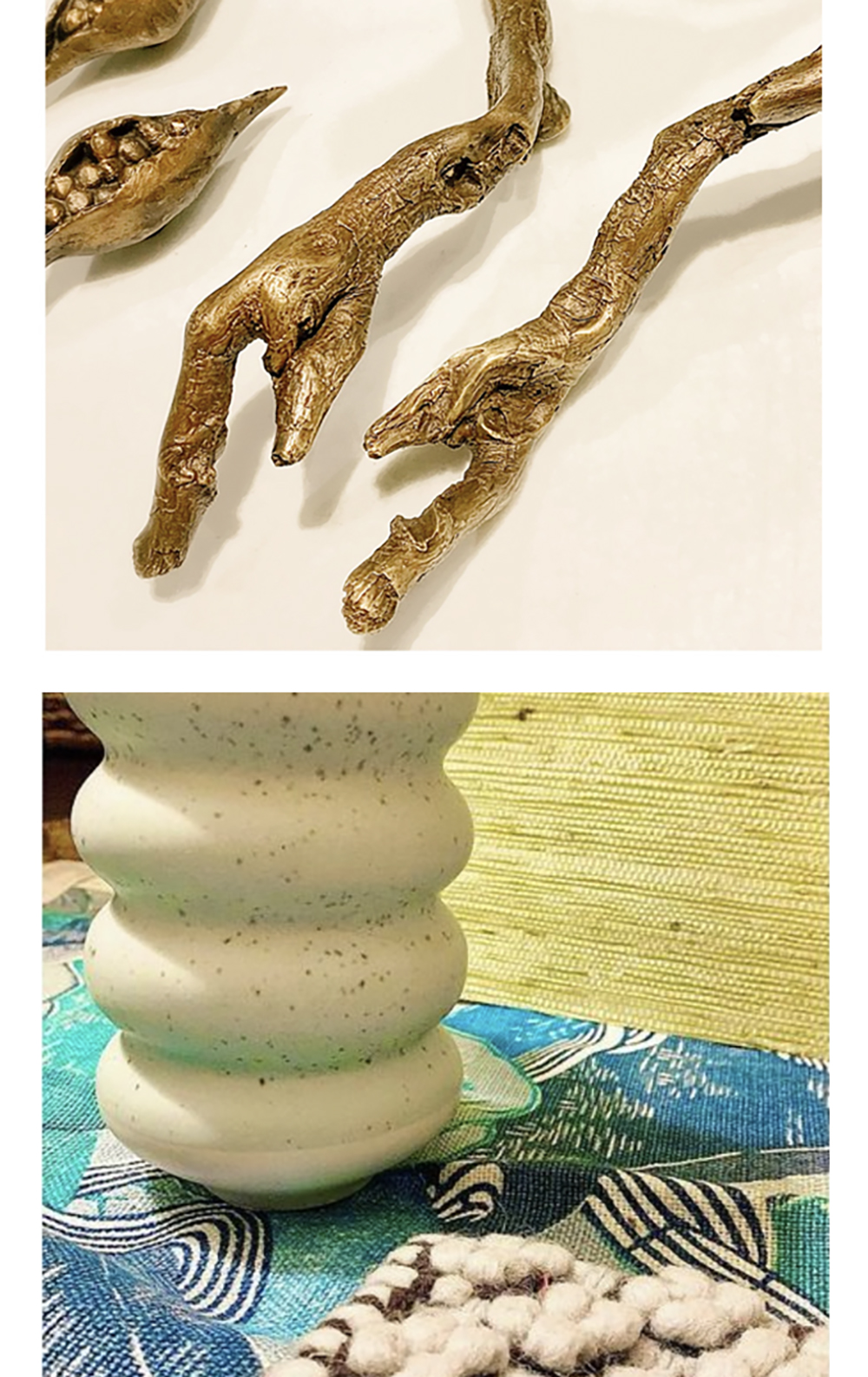
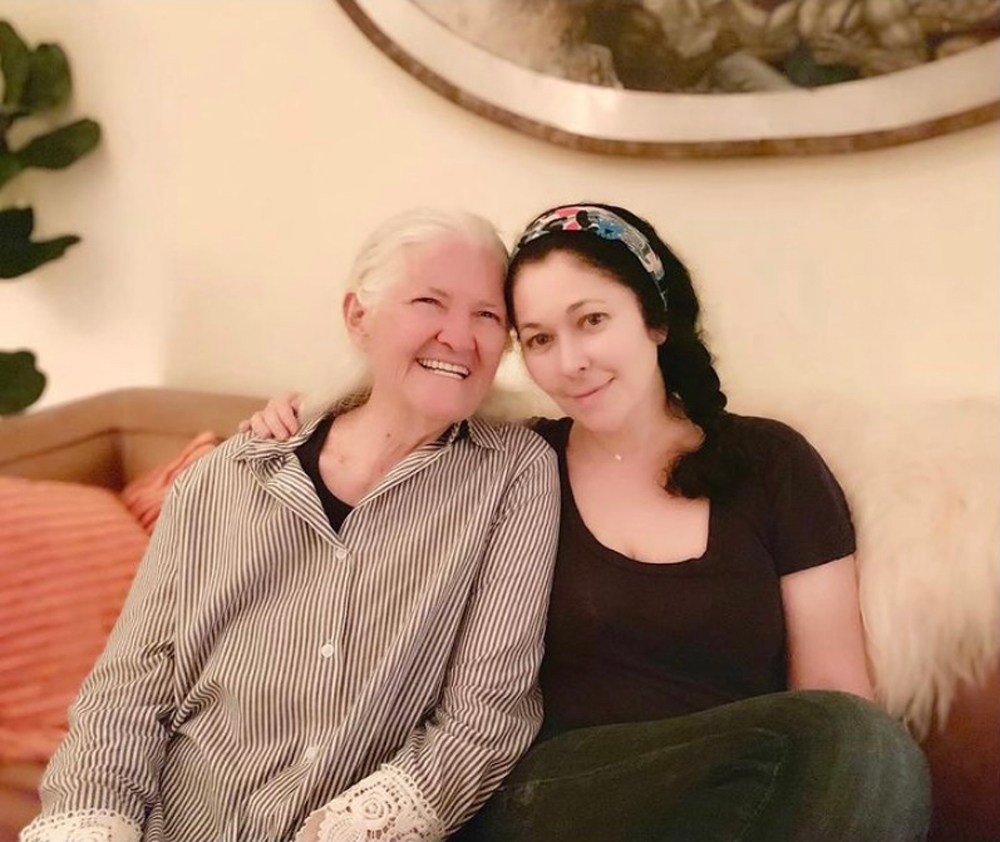
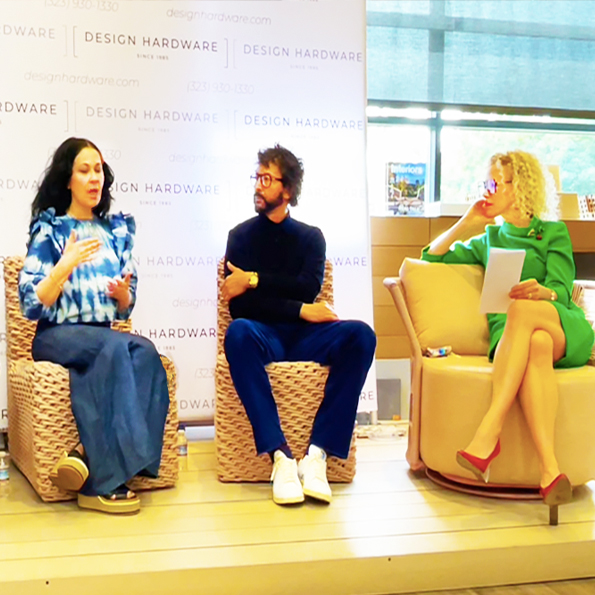

KIM COLWELL | design therapy bio
Recognized as a thought leader in the emerging discipline of design for mental health, Kim regularly speaks on a wide variety of panels and institutions such as Cornell University.
Kim cultivated her own distinctive method of designing space with Design Therapy born from a fusion of formal and experiential education steeped in environmental psychology and the therapeutic underpinnings of space.
Her theater degree from NYU Tisch offered a way to delve into the study of body language, interpersonal dynamics between characters and the study of set design which broadened her depth of understanding to how a character’s inner life would manifest in the physical design of their space.
Her life long tutelage under her mother Melinda Joy Miller, gave her a context to view space from. She taught Kim a myriad of perspectives which included environmental psychology which she began to study, even before it was called by that name. Melinda Joy had a ten year practice as a sensory-motor integrative therapist doing experimental work. She began working with patients who had plateaued in their developmental process. She began experimenting with their environment at a state hospital outside of Philadelphia and found that several patients began to progress with their development. This was groundbreaking work.
Melinda Joy would later found the Shambhalla Institute for the study and application of how environment affects one’s psyche.
Today Kim utilizes all of the techniques she has learned over a life time to set up her client’s environment to support them in many aspects of their lives…including living in a beautiful and restorative home design.
Over the years she extended her studies to include Design Psychology with environmental psychologist Dr Toby Isreal and Biophilic Design – a system that connects humans with nature to promote wellness, well-being and productivity.
For years Kim has incorporated Design Therapy into her practice as an interior designer and feng shui consultant. This is the first time she has developed it as a stand alone service.
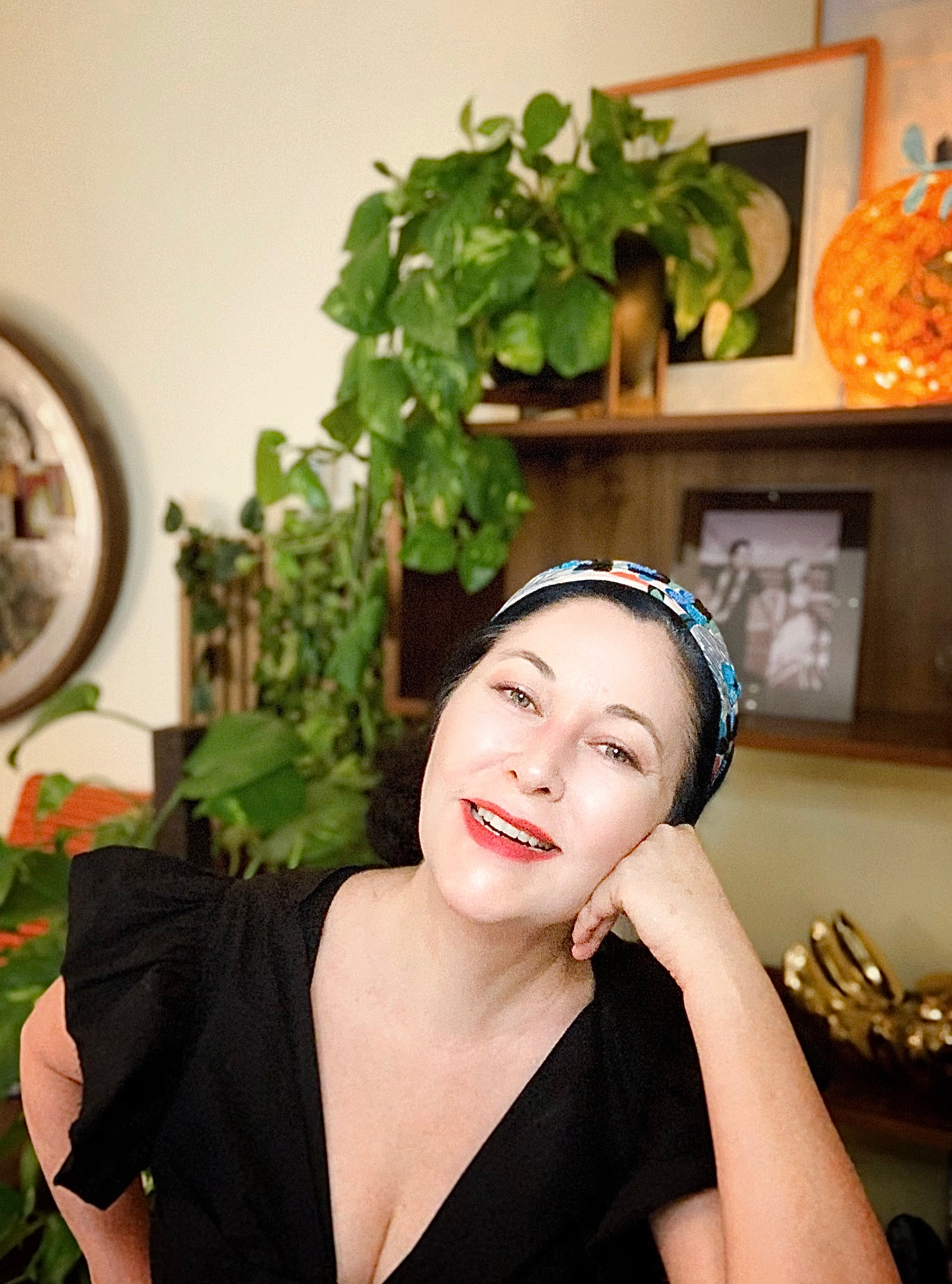
Consultation | onsite or virtual
To book an design therapy consultation with Kim Colwell for your home, office or commercial space please call us at 323.309.2945 or email [email protected]
What We Need | how to get started
Book a consultation. We’ll review your needs, answer questions and jump right into your space.
Where We Work
Kim is based in Los Angeles and currently conducting onsite visits or virtual consultations are available by Zoom.
Fees
Kim’s rate is $285 / hour with a 1.5 hour minimum ($405 minimum).
Therapeutic Style Blueprints are available starting at $395.
Get Started
Email us to set up a complimentary 15 min chat with Kim.
CASE STUDIES
Some clients know exactly what they want to get out of this session, where as others discover an agenda through the process of the exercises. There may be a different intention per room, per family member or per home.
Every client need, sensibility, and desire is different. Here are a few examples of how we have applied Design Therapy to some of our interior design projects.
Case Study | design for depression
HEALING FROM THE OUTSIDE IN
This project was many years ago. My client has spoken at my talks publically about her transformation from a deep depression to feeling empowered. As I began the project, a full, top to bottom extensive remodel of every room in her home, I had quickly learned that she had been through a significant amount of trauma. She had lost both of husband and son within a few years of one another. I became aware that she felt stuck in her life and was surrounded by an environment that was cluttered with an excess of belongings that defined painful memories. Her decor style no longer reflected who she was. These aspects had a profound effect on her mental state and quality of life.
The home had several unused rooms with a feel of stagnation and instability. It was as if I could see when and where she became blocked or gave up on expressing her true self.
The kitchen had a static, aloof layout caused by walking into the sides of the cabinets. Nothing invited you into the space. I immediately came up with a strategy to remodel the kitchen to allow for more natural light and fresh air circulation that would create a cross breeze. The floor plan needed to be updated to trigger a feeling of warmth, connectivity …even feel embraced and safe.
I was once asked if the way a space is set up can contribute to one’s depression or if the depression was responsible for manifesting a cluttered space. It is an important distinction. If the home was the contributing factor, then we needed to change the sensibility of the home. However, if the depression was the promoting factor, then we would know the power of our sensibilities on our environment. In other words, if depression can change a room’s dynamics, other factors can reshape it also.
I began by exploring her personal goals, life patterns, and visceral responses to color, textures, and decor styles.
In the years following our project, she came to speak at a talk I was doing. She shared how she had felt prior to embarking on our project by describing her life as being lived through the identity of her husband. She had not prioritized defining or sharing her special voice.
This was my first interior design project over ten years ago. I got to witness her come into her self, begin a new relationship which she had been remained in in the years we stayed in touch.
When we began she had said NO YELLOW (a color I see as an expression of joy!). At the end of construction as we began the decorative selections, I asked her again what colors she was drawn to. Yellow was at the top of the list. While that is hardly evidence of a clinical study on depression, I saw someone who was ready to connect to her true self and start to enjoy life more. We will always go through a myriad of emotions and struggles, Depression and certainly trauma does not magically vanish. We gain support and awareness to allow ourselves to be imperfectly who we are.
I am grateful to have been a part of her journey.
Case Study | design for Creatives
CLIENT – Creative family, academy award nominated film producer, Los Angeles
MODERN SACRED SPACE
My intention was to give them a personal sense of place that would tap into their sub-conscious and foster the intimate feeling you get when standing in nature.
Personalized approach…
- Personalized symbology sparks their imagination to inspire them creatively.
- Strategic use of sacred geometry, biophilic design concepts and feng shui create a feeling of connecting to something greater than themselves to ground, center and balance.
- Storage plan was implimented such as the a scooter garage that doubles as a beautiful banquette that the kids can roll their rides into after a day of play aids in calming their often overstimulated minds as parents.
- Nature was used as a major decorative factor. Utilizing my shamanic lineage, I thought of capturing the sun, moon and sky like they were another piece of art to work with in the room.
- Maximizing the natural light as it moved around at various times of the day on the time of day, I set up reflecting points such as the high-gloss finish on the coffee table.
- To emit an emotional feeling of harmony, each detail in the room examined how the natural elements could work in balance with one another.
Case Study | design for couples with different sensibilities
DESIGN FOR COUPLES
I recommend doing a Design Therapy Blueprint for each person in the home so that I can explore where they are similar and what makes them special as individuals.
Some couples (including my own marriage!) have very different sensibilities. I look for the subtle nuances that intersect within their personalities, convictions and style expression.
Defining an interior style that makes each person feel seen can be a fun puzzle to master. Doing a Design Therapy session at the start of a design project deepens my awareness of their personal needs as individiauls, as a couple and family. When I add these layers of thought to the objectives of each person, their design concept goes beyond the aesthetics. It is the discovery of who someone is on an innate level that makes both parties feel seen and felt in their intimate bubble of their home.
This type of design method supports what makes them unique as individuals while honoring their identity as a couple.
When one person doesn’t feel represented in their home design it can make them feel as if their voice doesn’t matter. If they are secure, it may not be a substantial issue. However, when there is a propensity for self esteem issues, depression or if there is vulnerability within the relationship, this can all get exaserbated and become a real issue.
When the home design is meaningful to each person it becomes a support system that nurtures the intimacy within their relationship.

